Is there anything more overtly ‘2019’ than a plug-in hybrid SUV? On a purely conceptual level, at least, they provide a compelling snapshot of both the prevailing and emerging trends in the wider motoring sphere.
Resplendent in Turbo Blue, the Audi Q5 55 TFSIe is the current class newbie. You’ll know the drill by now: comparatively low CO2 emissions will help it carry sway with tax-savvy fleet managers, while its boxy architecture should appeal to the classically family-minded buyers who helped catalyse the propagation of the SUV breed as a whole.
Only, it’s not quite that simple any more. Such a formula might have spurred the likes of the Mitsubishi Outlander PHEV on to sales greatness, but this new Q5 – one of more than 20 electrified Audis due to arrive by 2025 – has to satisfy a far broader remit. There are the above factors, of course, as well as the expectations of reasonable grandeur that come with an Audi badge and a £54,900 list price. But there’s also the small question of the 362bhp and 369lb ft developed by the partnership of its 2.0-litre EA888 engine and electric motor. Considering that allows for a hot-hatch-troubling 5.3sec 0-62mph time, that at least has to count as a mild performance streak.
This Audi has a fair bit to juggle, then. Not only has it got to be usable, economical and luxurious enough to justify its inflated asking price, but it also now seems there are grounds to expect trace amounts of dynamism and engagement from this 2030kg SUV.

Gunning for similar territory is Volvo’s XC60 T8 Twin Engine. In £59,670 R-Design Pro guise, this newly updated plug-in SUV packs a smaller-capacity battery than the Audi (11.6kWh versus 14.1kWh) but offers a slightly greater electric range, according to WLTP testing procedures (29 miles versus 26 miles). And like the Audi, its official economy and CO2 numbers offer plenty of on-paper appeal.



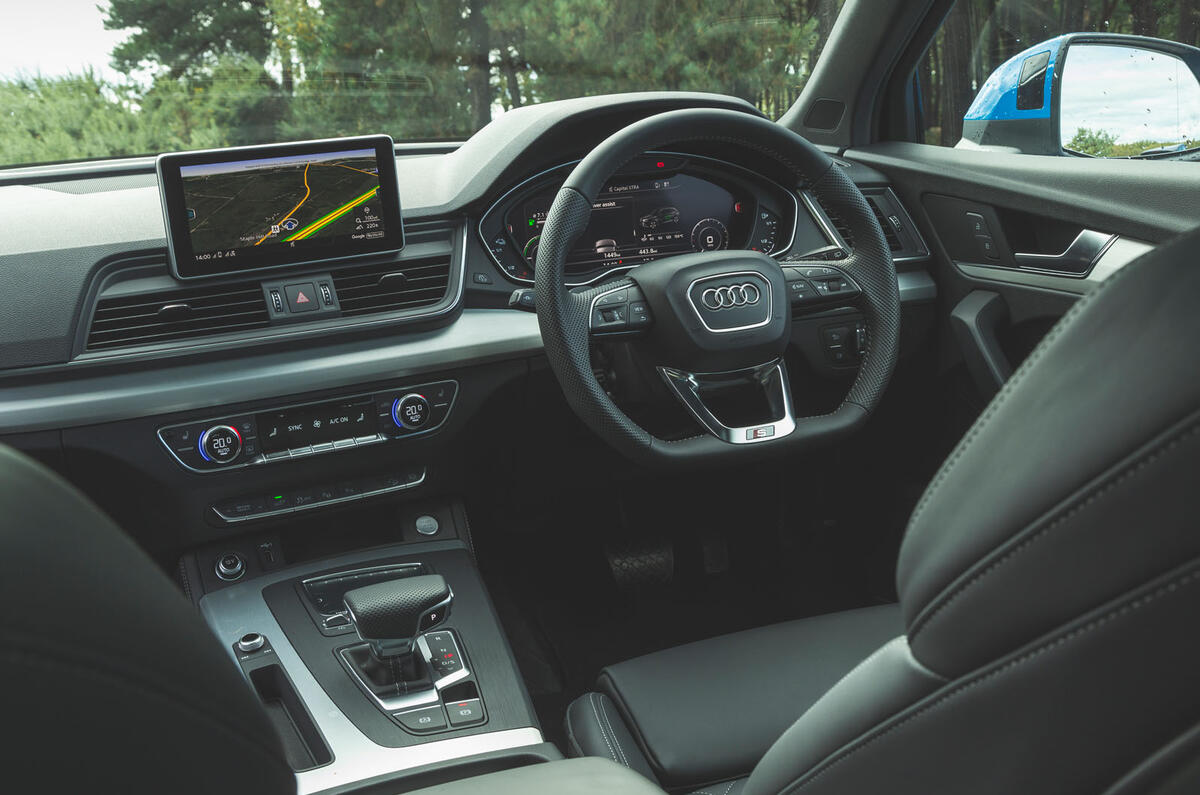

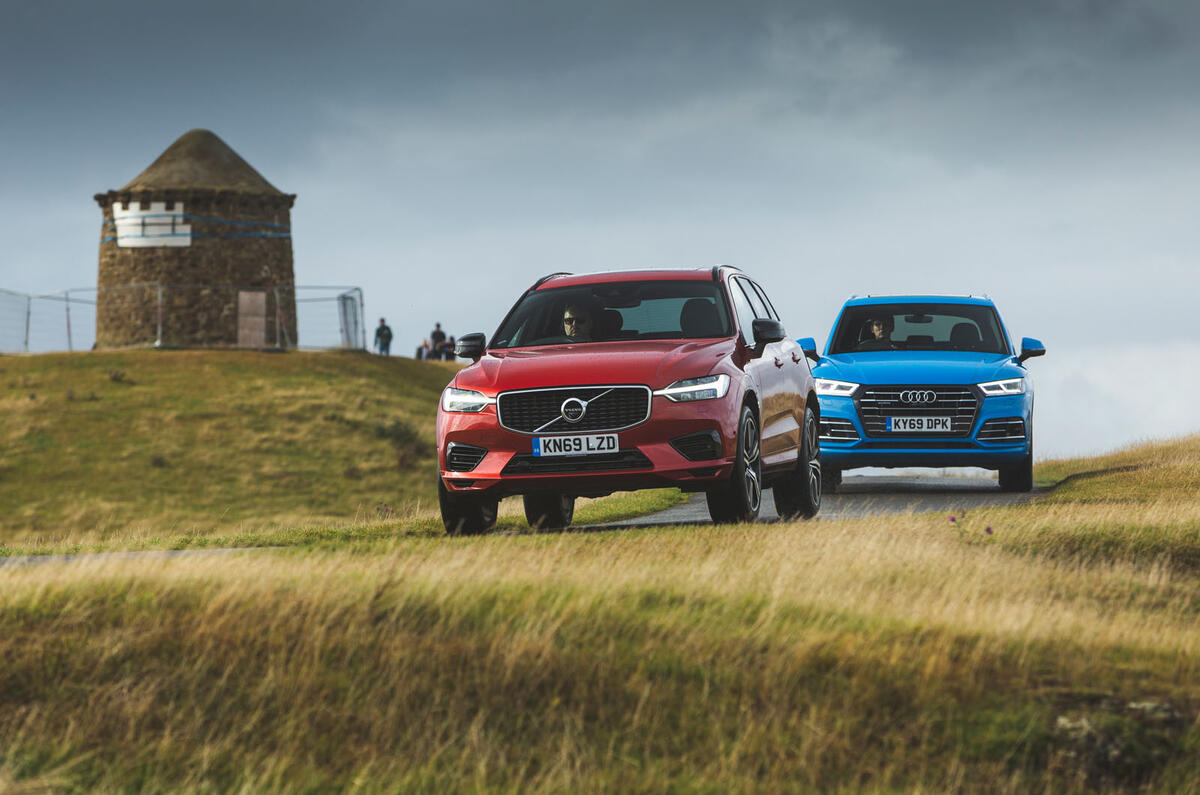
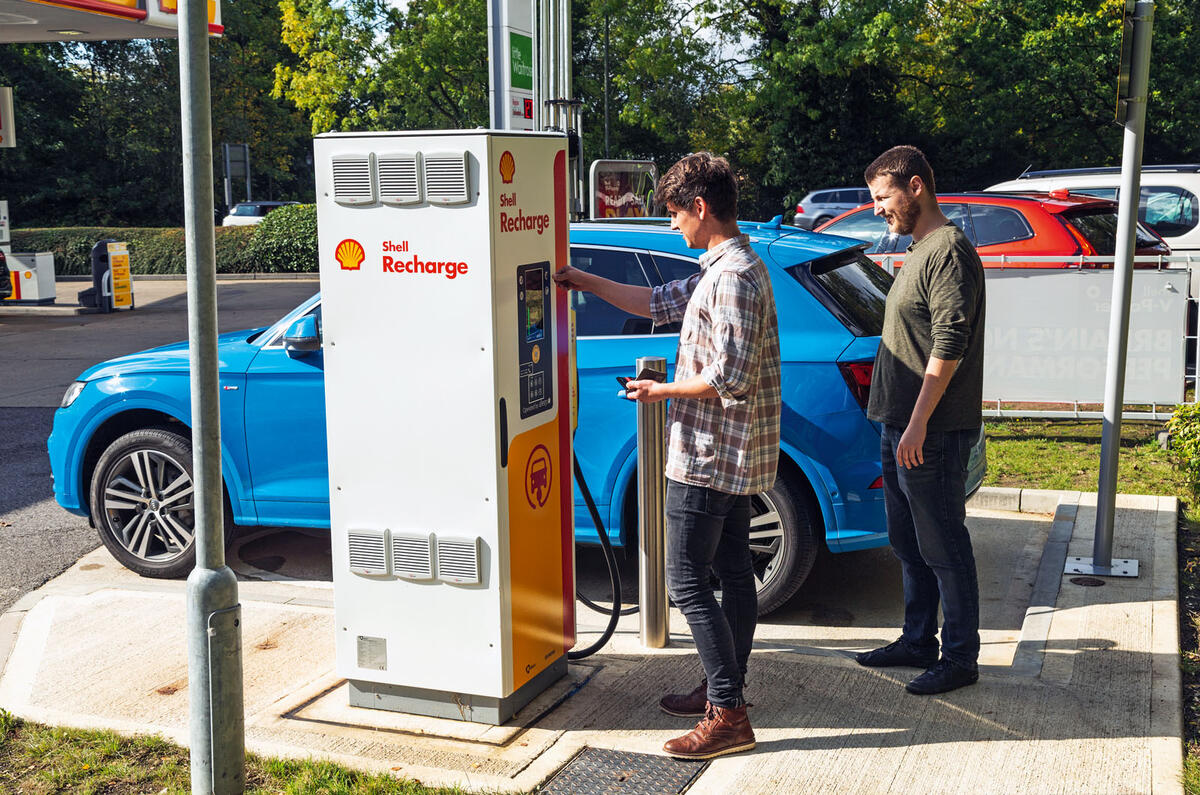
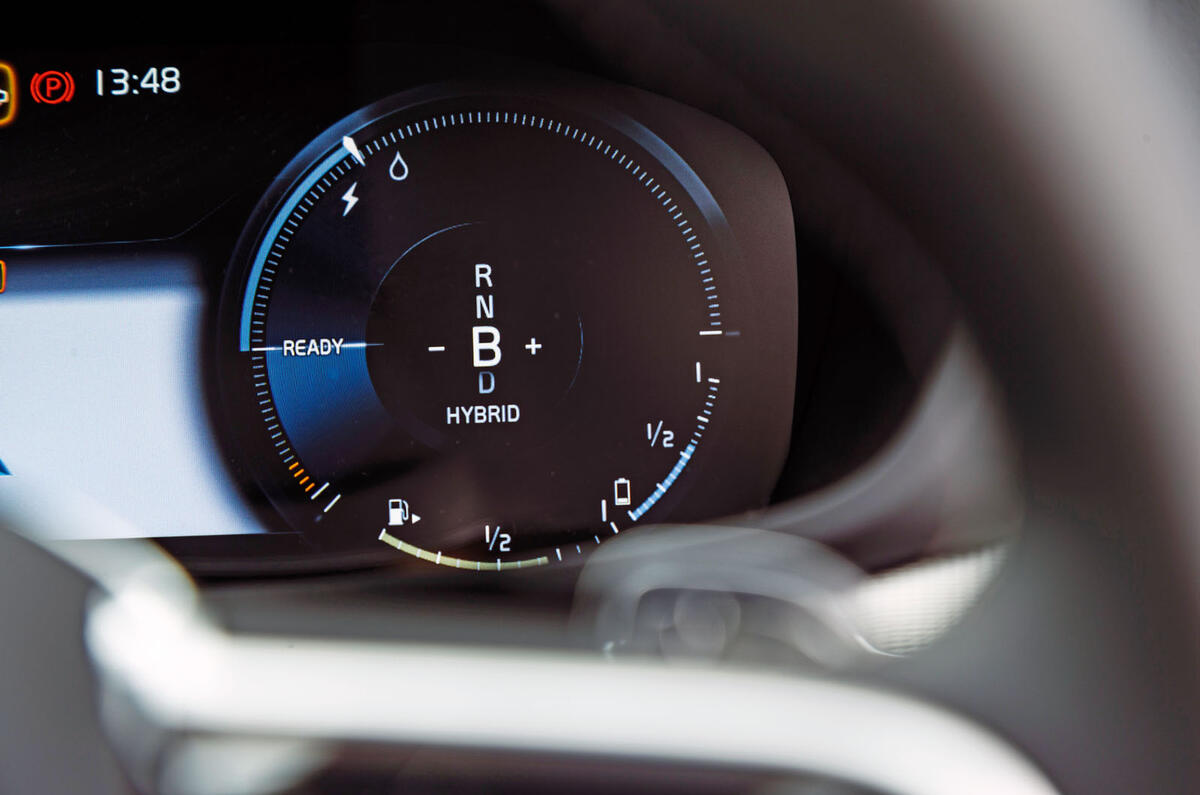
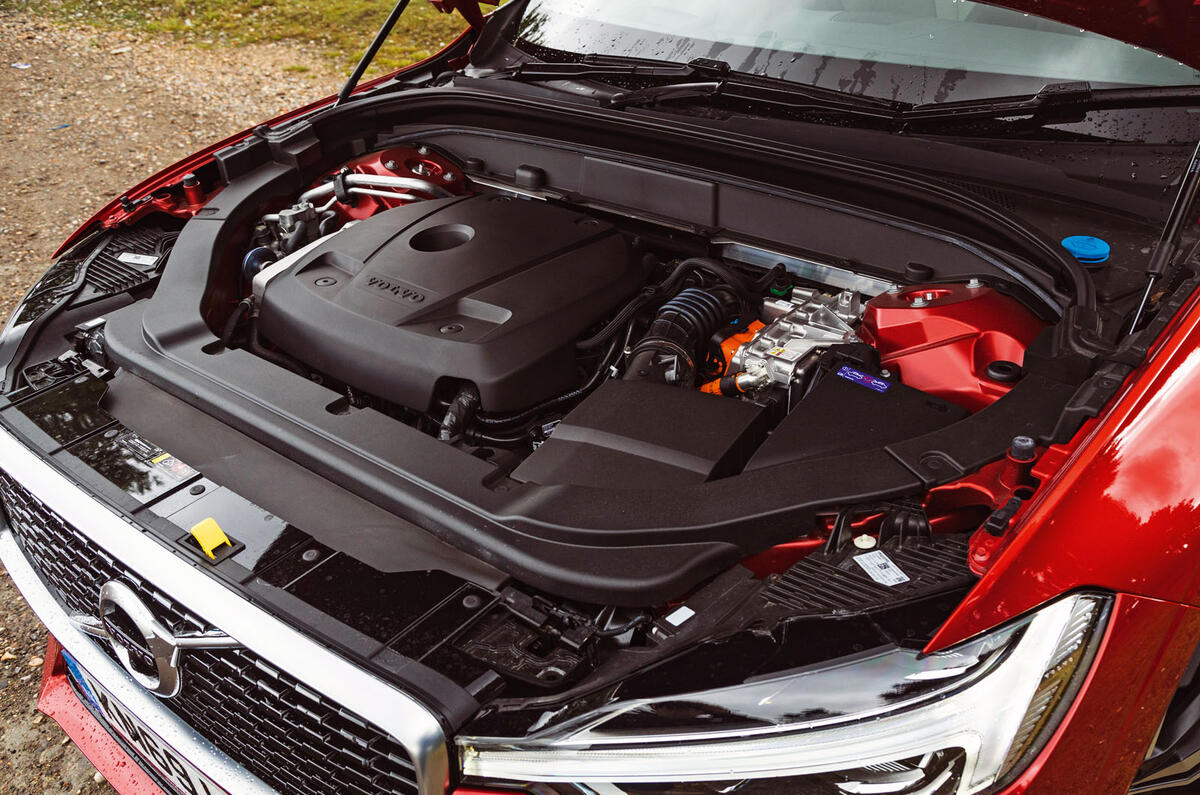
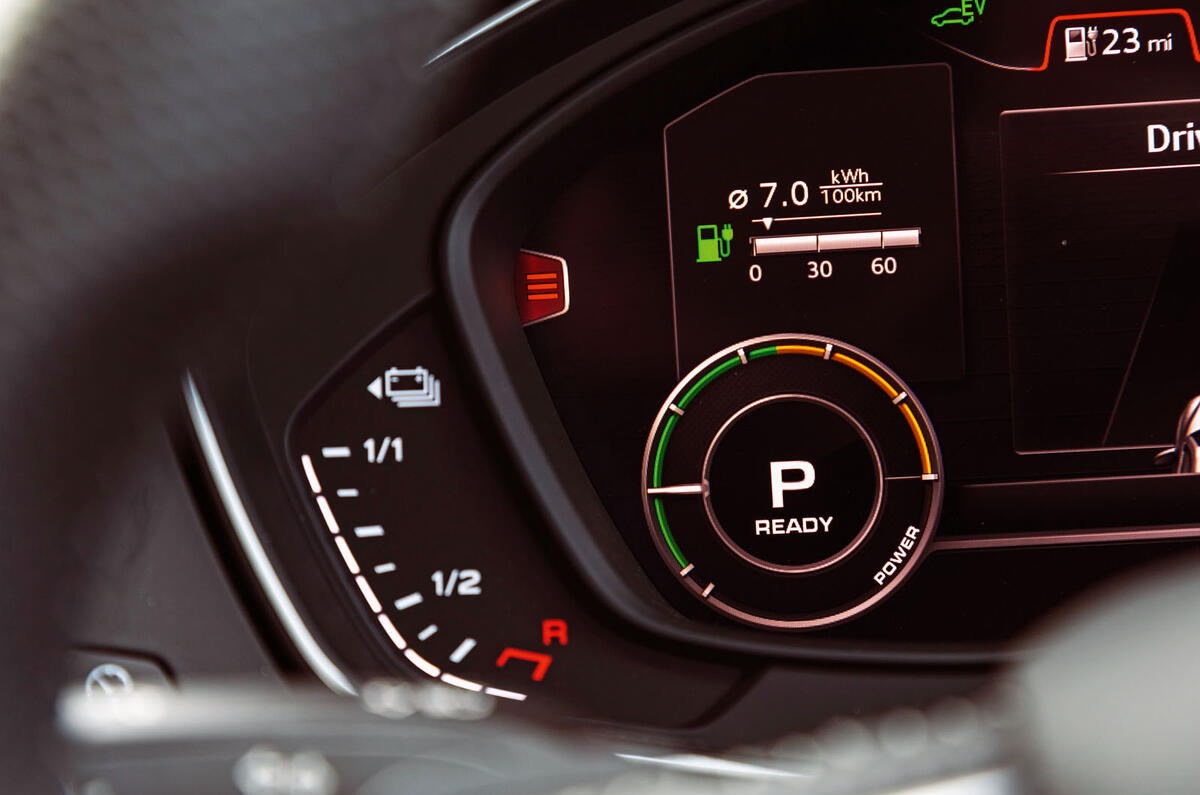
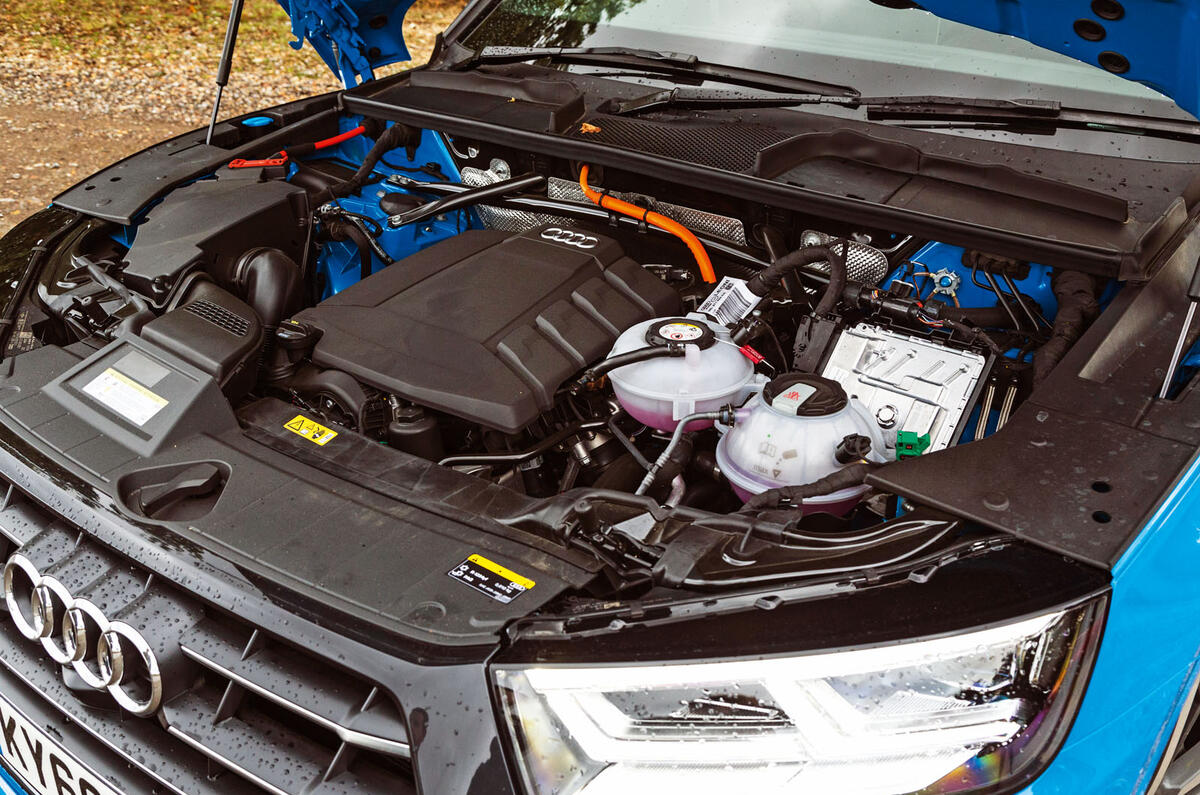








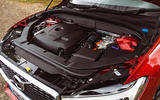

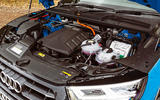



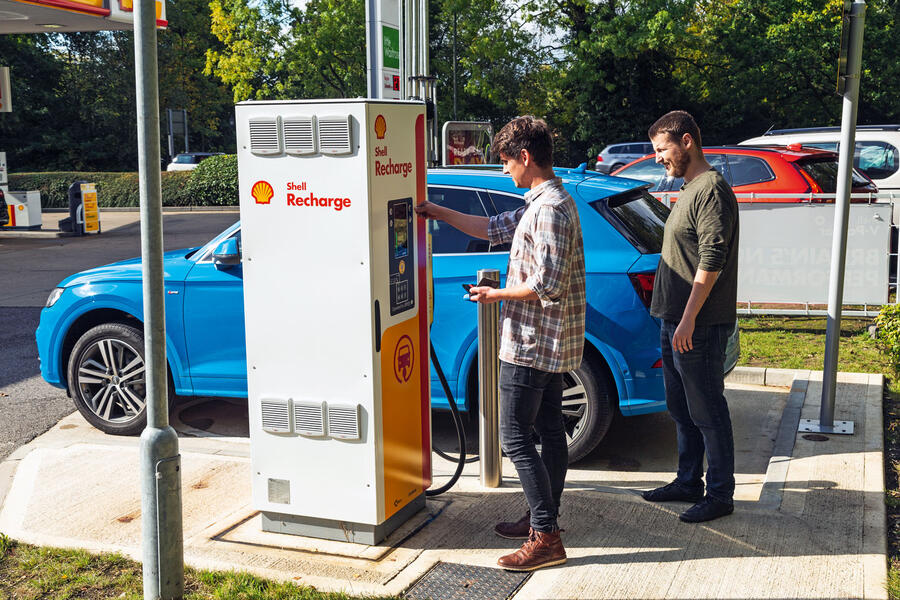

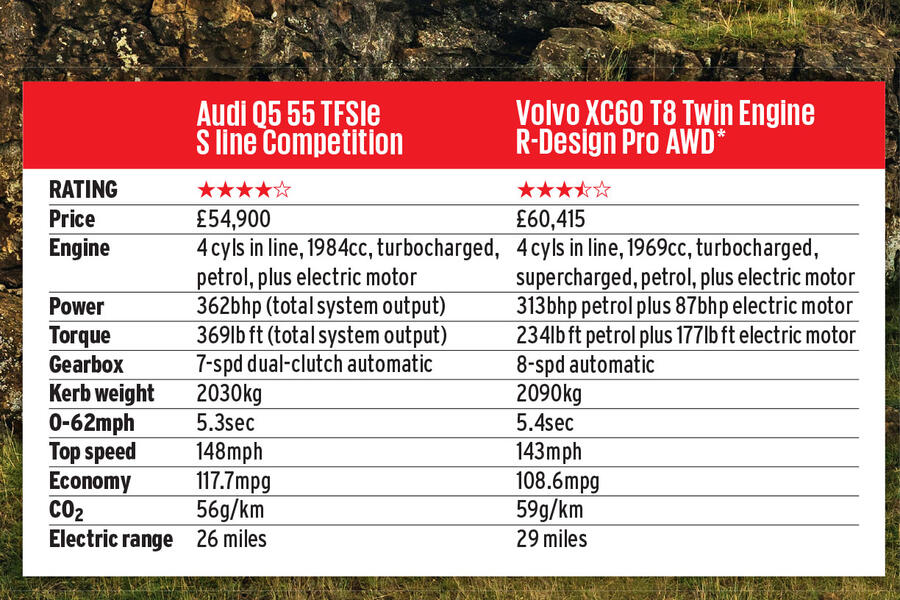

Join the debate
Add your comment
.
Until the Charging Network is more extensive/reliable, a plug-in hybrid would be perfect for my family. During the week we rarely do more than 10 miles in a day, usually less, so these journeys could all be on electric power alone. Then at the weekends when we tend to go for long country walks involving a 100 mile + round trip we effectively have the convenience of a conventional car.
Leslie Brook wrote:
They would work well for me in a similar vein but unfortunately no one does a phev supermini or such that I can afford. But being local emissions free for my daily driving and then having hybrid performance and economy for other drives in a small family hatch would suit me down to the ground.
Leslie Brook wrote:
They would work well for me in a similar vein but unfortunately no one does a phev supermini or such that I can afford. But being local emissions free for my daily driving and then having hybrid performance and economy for other drives in a small family hatch would suit me down to the ground.
buying a car is getting mighty complicated
Electric; say Tesla 3 all the performance and on message but I just went away for a week and there were no convinient charging stations. Various mild hybrids; like the new 53 Mercs and JLR in line 6 that seem to fill in the torque curve to come close to a diesel but all the complexity does'nt seem to give you much more performance and adds more weight. Then these fuller hybrids that seem a bit crap to drive but in optimum conditions will save a few quid in fuel are on message for the environment. Still lurking are the big diesels like Merc and Audi offer that seem best all round but it looks like the market is moving away them from hurting depreciation. Finally sod it all get a v8 like the SVR F Pace or E63 Merc again they look like a depreciation nightmare.
usual pointless comments
usual pointless comments about fuel consumption, its of no importance, the only people running these will be on a company fuel card and don't need to care if its 5mpg. Autocar even tried to explain it in the article with a very good company car tax explanation.
Yes some people do use PHEVs as they can be to gain good economy, but not the buyers of these high powered ICE luxury models, they are wonderful, unashamed tax dodgers, and drivers stiffing one back to the taxman should be celebrated! so shut up about mpg already, if you need to worry about it, these vehicles were not made for you... move along.
Agree, like I said, regarding